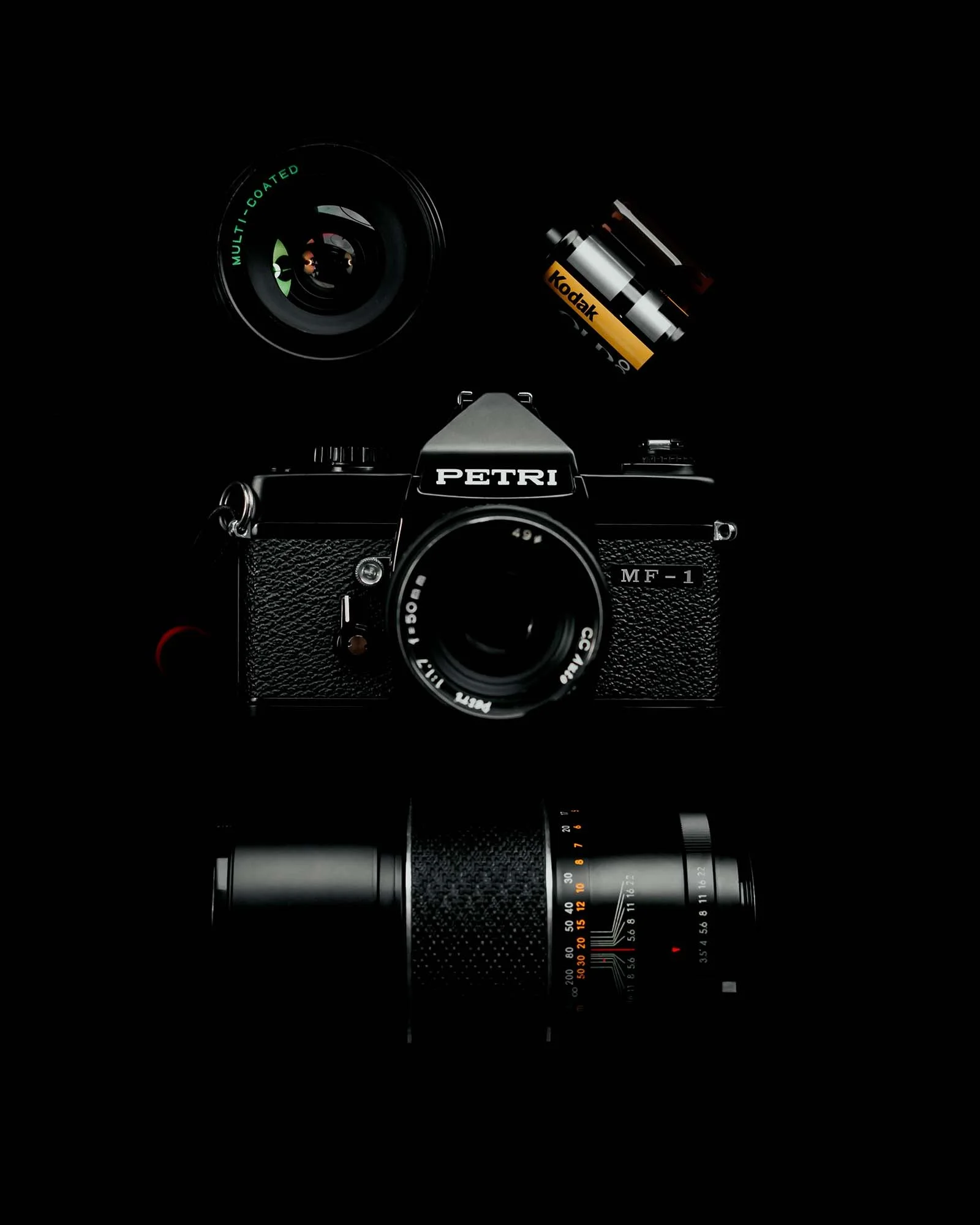Sjelleri
by Niklas Håkonsen
I am a designer and photographer based in Brumunddal, Norway. I enjoy shooting both everyday life and more technical things like products and cars.
My story
I’ve always been a fan of photography. Ever since I was a little kid I’ve been intrigued by cameras and what they can do, aswel as being a creative soul. At some point I grew away from it and decided to go the more technical way of computer engineering and spent my teenage years aming for that goal. But after spending a year in the army I changed my path completely and decided to revisit my creative side. I started and finished a bachelors degree in graphic design where the seed of photography started to grow once again.
The following years the seed would continue to grow slow and steady while I worked my first years as a designer. As my role as a designer steared more towards the technical and theoretical ways of user experience design I once again sought after a way to express myself visually and artistically. Enter photography. It was actually a project at work that got me hooked. I bought a used Canon 6D to get the job done, but then there was no going back.
That year I shot increasingly more photos by the mounth. Since I do have a background in graphic design, and in fiddeling with cameras, composition, editing and learning to master the cameras funcionts came relatively fast. At the end of the year I already considered myself able to do what I wanted with a camera. Enter film photography.
I was watching some videos on YouTube on photography when I came across someone shooting film for the first time. There was no digital alternative when I shot photos as a kid so I was obviously familiar with the concept, but in my head all film related disappeared decades ago. But there was something about these images that captured my attention. They felt so alive, soulful and in ways I can’t describe… just better.
I borrowed a Petri MF-1 that my father used in his twenties and got cracking. I think I shot two rolls before I figured out the shutter speed was the same no matter what I set it to, and to no surprise all the photos came back looking like absolute sh**. Luckily a friend of mine had inherited a camera from his father in law that was quite a few steps of quality above the Petri. The Canon EF, confusingly named the same as Canons legendary lens mount. This made it really hard to find any information about it on Google.
I think I got four rolls of film through the EF before I figured even this camera wouldn’t scratch my analogue itch, and decided to chip in for the heavy artillery - the holy Leica M series. It made perfect sence since I would be able to shoot both digital and analogue on the same lenses. First I got the Leica M240 and then when I went to pick up a 50mm Summicron the guy who sold it said he had an old malfunctioning Leica M4-P that I could get for cheap if I wantet to find a way to restore it myself. It turned out it had been dropped on one of the strap mounts and cracked ever so slightly, causing the mount to fall off. That left a 3mm sized hole letting in light directly onto the film inside - not optimal. Other than that the camera was in perfect mechanical condition, so I decided to purchase both the camera and the lens.
I pondered long on trying to fix it myself or having it serviced, but one night I just got tired of looking at my beautiul yet broken Leica and decided to fix it. I ended up gluing the eye mount back on with the strongest two-component glue I could find, but there was still a bit of light leakage. This was fixed by surgically positioning a custom cut piece of black gorilla tape on the inside - not an easy task I’ll tell you. After over a year of use this has become my everyday companion. And I almost never leave the house without it.
Most of the photos you see on this page is taken with the M4-P, if not they’re taken by my digital alibi, Fujifilm X-T4, not a bad camera either. It does a great job of simulation film in addition to featuring modern technology, that makes it far more suited for some scenarios.
I’m still learing every day. How to compose better or more interesting, how to read and measure light and how to get the best results out of the gear I so fondly posess.
Cheers.
Photos of the Petri is quite alot better than the photos by the Petri.
The Leica M4-P



